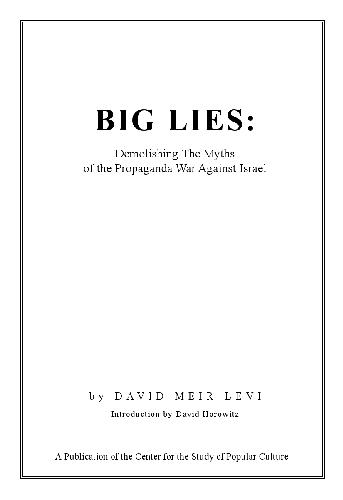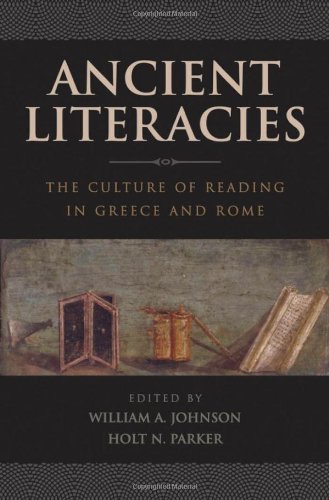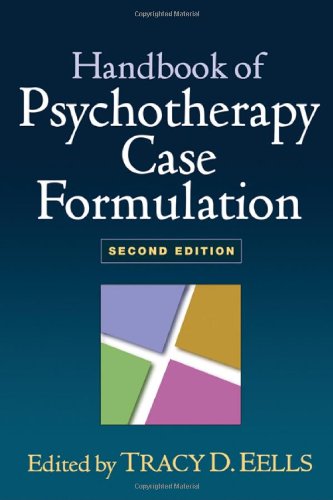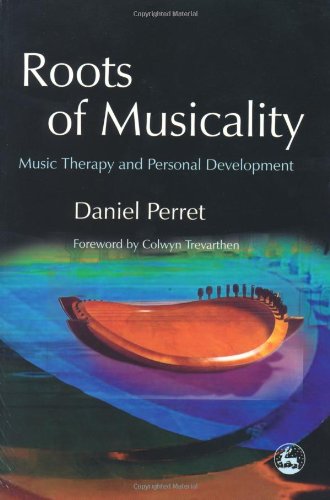- 2 402 202 книги
- Поиск
Seduction, Sophistry, and the Woman with the Rhetorical Figure
Associate Professor Michelle Ballif PhDThe rhetorical tradition, Michelle Ballif asserts, is based on the systematic exclusion of sophistry. In keeping with Aristotle’s prescription, rhetoric continues to be a counterpart to dialectic, a handmaiden to the pursuit of trutheven if that truth is merely probable.
According to Ballif, this search for truth manifests itself among current rhetoric and composition scholars in the form of an assumption that language is primarily communicative (i.e., that language can represent truth more or less faithfully). Ballif shows how invested we are in the notion of truth, in the idea that language represents truth, and in the assumption that the speaking/writing subject has, or should have, some essential relation to truth.
Provocatively, Ballif questions why the profession wants to retain these beliefs in the face of vociferous arguments from "new rhetorics" that the discipline no longer posits a foundational self or truth, and in the face of the poststructuralist critique, which has demonstrated that founding truth is always accomplished by first positing and then negating an other.” As an alternative to this negative and violent rhetorical process, Ballif suggests a turn to sophistry as embodied in the figure of Woman, one with the power to seduce us (literally, to lead astray) from our truth and our demand for it.
This figuration of Woman, however, is not the dialectical other used to sustain the identity and privilege of Man. On the contrary, this Woman is an Other Woman: A Third Woman as a Third Sophistic practice that escapes Plato’s binary (philosophic rhetoric vs. sophistry) and renders the distinction between truth and deception incalculable. Ballif examines three figurations of the Third Woman as Third Sophistic as offered by Gorgias, Friedrich Nietzsche, and Jean Baudrillard.
Читать «Seduction, Sophistry, and the Woman with the Rhetorical Figure »

Проектирование и строительство. Дом, квартира, сад
Автор: Петер Нойферт, Автор: Людвиг Нефф
Система упражнений по развитию способностей человека (Практическое пособие)
Автор: Петров Аркадий Наумович
Сотворение мира (3-х томник)
Автор: Петров Аркадий Наумович
Радиолюбительские схемы на ИС типа 555
Автор: Трейстер Р.
Missing Link
Автор: Murphy Warren, Автор: Sapir Richard
Big lies: demolishing the myths of the propaganda war against Israel
Автор: David Meil-Levi, Автор: David Horowitz
1000 прекрасных растений в вашем доме
Автор: Урсула Крюгер, Автор: Ингрид Янтра
Ancient Literacies: The Culture of Reading in Greece and Rome
Автор: William A Johnson, Автор: Holt N Parker
Handbook of Psychotherapy Case Formulation, Second Edition (Handbook of Psychotherapy Case Formulation)
Автор: Tracy D. Eells
Generalizing from Educational Research: Beyond Qualitative and Quantitative Polarization
Автор: Kadriye Ercikan, Автор: Wolff-Michael Roth




